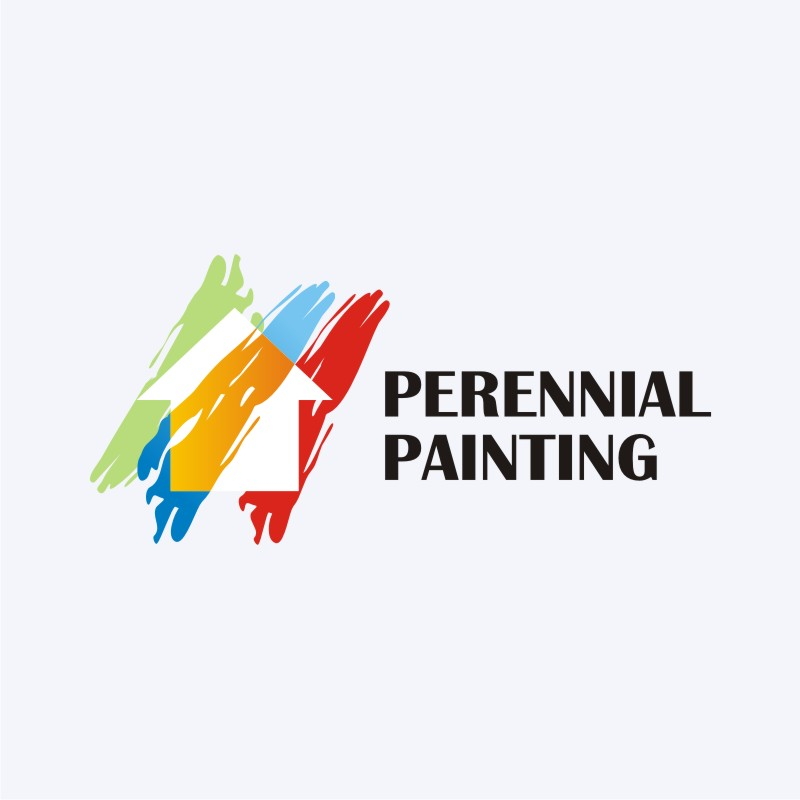The Impact Of Weather On Industrial Paint
The Impact Of Weather On Industrial Paint
Blog Article
Writer-Hejlesen Roberson
When you're managing an industrial paint job, you can't disregard how weather condition plays a vital duty in your success. Aspects like temperature, humidity, and wind can either improve or undermine your efforts, influencing whatever from application top quality to security on the job website. You may believe you can repaint anytime, yet the fact is that particular problems can lead to costly delays or poor finishes. Understanding these elements is key, yet what details techniques can you implement to make certain optimal results amidst unforeseeable climate?
Temperature and Paint Application
When it comes to business paint, temperature plays an essential function in just how well the paint adheres and dries out. If you're preparing a task, keep an eye on the temperature level range suggested by the paint supplier. Ideally, you intend to function within that variety for ideal results.
When temperature levels are too low, paint can become thick and more challenging to use, leading to uneven insurance coverage. You may find yourself dealing with brush strokes or roller marks that simply will not go away.
On the other side, high temperatures can cause paint to completely dry also promptly. This can cause concerns like breaking or peeling, as the paint does not have enough time to bond effectively to the surface.
If it's also hot, think about arranging your benefit cooler parts of the day, such as early morning or late afternoon.
Humidity and Finish High Quality
Moisture dramatically impacts the surface high quality of industrial painting projects. When moisture levels are high, dampness in the air can interfere with the drying out procedure of paint. This can lead to issues like poor bond, irregular finishes, and raised drying times.
You may find that your paint takes longer to treat, which can postpone your task timeline.
On Learn Additional Here , low humidity can likewise pose problems. If the air is too dry, paint can dry out also swiftly, avoiding proper progressing and causing a harsh coating. You desire your paint to stream efficiently, and fast drying can prevent that, leaving you with an unsuitable surface area.
To accomplish the best finish, aim for moisture degrees in between 40% and 70%. This array enables ideal drying problems, making certain that the paint sticks well and levels out correctly.
Consider using dehumidifiers or fans to manage moisture in interior projects, and try to prepare exterior projects for days when moisture is within the excellent variety. By focusing on humidity, you can enhance the final appearance and longevity of your business paint work.
Wind and Outside Conditions
While you mightn't think of wind as a significant aspect, it can significantly impact the result of outside industrial painting projects. High winds can disrupt your application procedure, creating paint to dry too swiftly. When paint dries as well quickly, it can lead to an uneven surface or visible brush strokes.
You'll also encounter challenges with paint overspray, as wind can carry fragments far from the designated surface area, causing lost products and potential damage to bordering locations.
Additionally, solid gusts can develop security dangers on the job site. Ladders and scaffolding are a lot more prone to tipping in windy problems, putting your team at risk. It's important to monitor wind speeds prior to starting a job. If https://www.chicoer.com/2023/03/25/painting-the-town-green go beyond risk-free restrictions, it's best to postpone your job to make sure a top quality surface and keep safety and security.
On calmer days, you can make the most of the excellent problems to attain smooth, expert outcomes. Constantly examine the weather prediction and plan accordingly.
Verdict
Finally, recognizing how weather condition influences industrial painting is vital for achieving the best results. By keeping an eye on temperature level, moisture, and wind conditions, you can schedule your tasks during optimum times. This not only makes sure a smooth application yet additionally improves the top quality of your coating. So, watch on the projection and plan accordingly-- doing so will save you time, money, and stress while supplying a professional outcome whenever you repaint.
